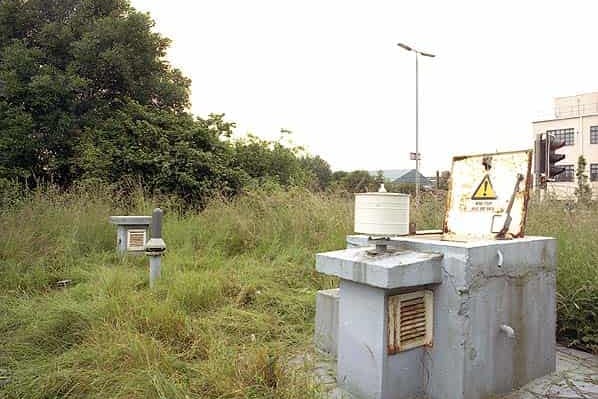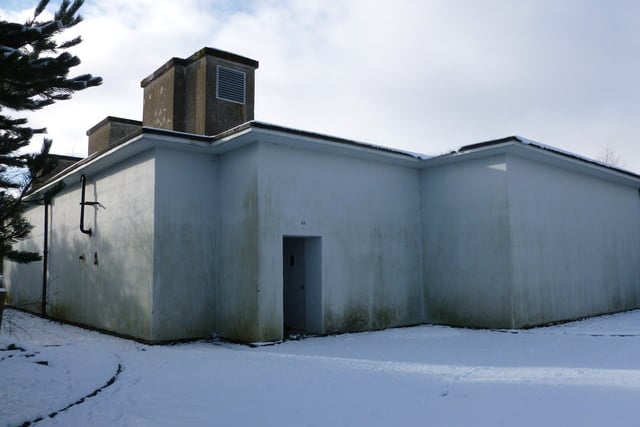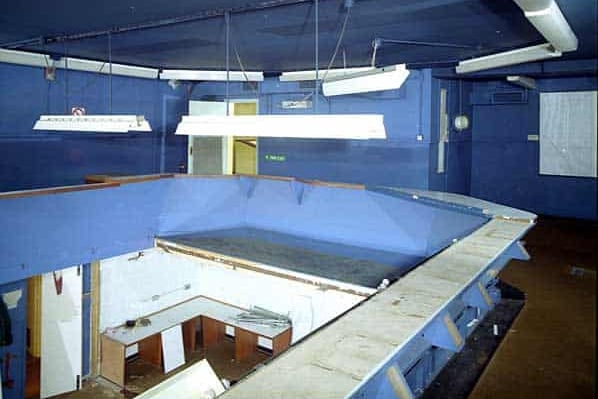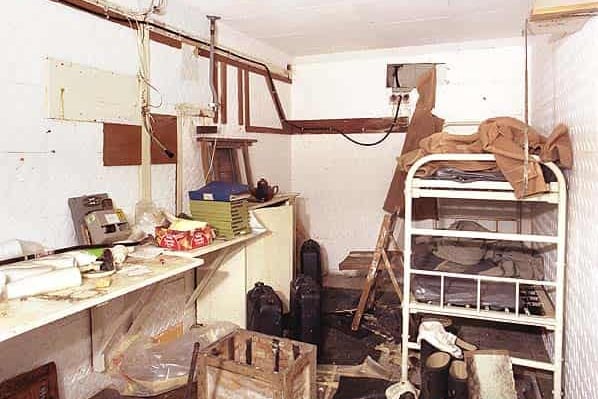When we think of the Cold War, we think of Russia and America, spies and international espionage - but the threat of nuclear war went far beyond the cope of two countries, it was global - and just as feared in Glasgow as it was anywhere else.
In the second world war, Glasgow was a major bombing target for the Axis Powers, given it’s title of the’second city of the empire’ - we were a major contributer to the war effort, producing everything from munitions to warships - Clydebank suffered heavily under the Blitzkreig bombing campaign.
But with the advent of nuclear weapons, as explored in Christopher Nolan’s new film, Oppenheimer, we needed better protection than Anderson Shelter’s to protect the people of Glasgow from a nuclear attack.
Driven by fear and paranoia, the British Government invested an uncountable amount of money in preparing the country for what they believed was invevitable.
Everything from radioactive monitoring stations to war rooms to nuclear bunkers were built to co-ordinate and protect the population should a nuclear strike occur on British soil - and Glasgow as a major urban conurbation, was thought to be a target for the Soviet Union, alongside all other Scottish Cities.
The most remnants we have from these days are ROC posts - where Royal Observer Corp volunteers manned small underground monitoring posts or ‘bunkers’ across Britain. In the event of a nuclear attack, Observers would hurry to the post where they would report any bomb bursts, fallout radiation levels and calculate their distance from ground zero using specialist equipment.
There were more than 1,500 monitoring posts built in the UK throughout the Cold War, it went much further than just paranoia, the threat of a nuclear war was not only feared, but anticipated by Western Governments.
Other noteable monitoring sites around Glasgow, long-since demolished, include:
Shotts ROC post, opened in 1960 and closed in 1968, situated near the 10th tee on Shotts golf course, was demolished to make way for the golfing greens and roads.
Airdrie ROC post, located a few hundred yards east of Airdreehill Road, it opened in 1959 and closed in 1991 - it was demolished, a single disused telegraph pole marks the spot.
Stepps ROC post, opened in 1960 and closed in 1968, it was demolished and buried underneath the M80 south of Lenzie Road - although the exact location of the site is unknown.
Eaglesham ROC post was located on the south side of Kirton Moor Road, it opened in 1963 and closed in 1991 - but now no trace of the post remains as it was entirely demolished.
Beith ROC Post was opened in 1960 and closed in 1968. Shortly thereafter it was demolsihed, the only evidence of the post is a ‘conspicuous mound.’
This article would not have been possible without the Subterranea Brittanica - a group that explores man-made and man-used underground places in Britain - you can take a look at their interactive map for all nuclear bunkers, bases, and monitoring stations across Scotland and the UK.

1. Glasgow ROC Post
Glasgow’s ROC Post is located right outside of the old Luma lightbulb factory in Govan. Opened in 1960 and closed in 1991 - the stations were all across Britain and were used by the Royal Observer Corp (ROC) for nuclear reporting and observation. While all surface ventilation equipment remains, all the internal equipment has been removed, leaving only two bunkbeds and various other bits of furniture left in the post.

2. East Kilbride Western Zone Regional War Room
Differing from other war rooms across the UK, the East Kilbride War Room, which represents the West of Scotland, is set across only one level, with no subterranean aspect to the design. Make no mistake however, it’s still incredibly secure, it’s all function and no thrills. The building was in use first by the Civil Defence Corps, the Strathclyde County Control, remaining operational until 1996 - it has lay unused since.

3. Ayr ROC HQ
Long-since demolished, we couldn’t talk about nuclear monitoring posts without mentioning the west coast ROC HQ, sealed behind two blast doors lay a decontamination room, dressing room, ladies toilet, men’s toilet, officers room, male dormitory and female dormitory - and of course, a control room to monitor radiation levels. It was demolished to make way for extra parking for a church that owned the land in Ayr.

4. Barrhead ROC post
Now the entrance to Barrhead ROC post is welded shut, but it still remains somewhat functional, if not derelict. The site is just off Fereneze Golf Course.
